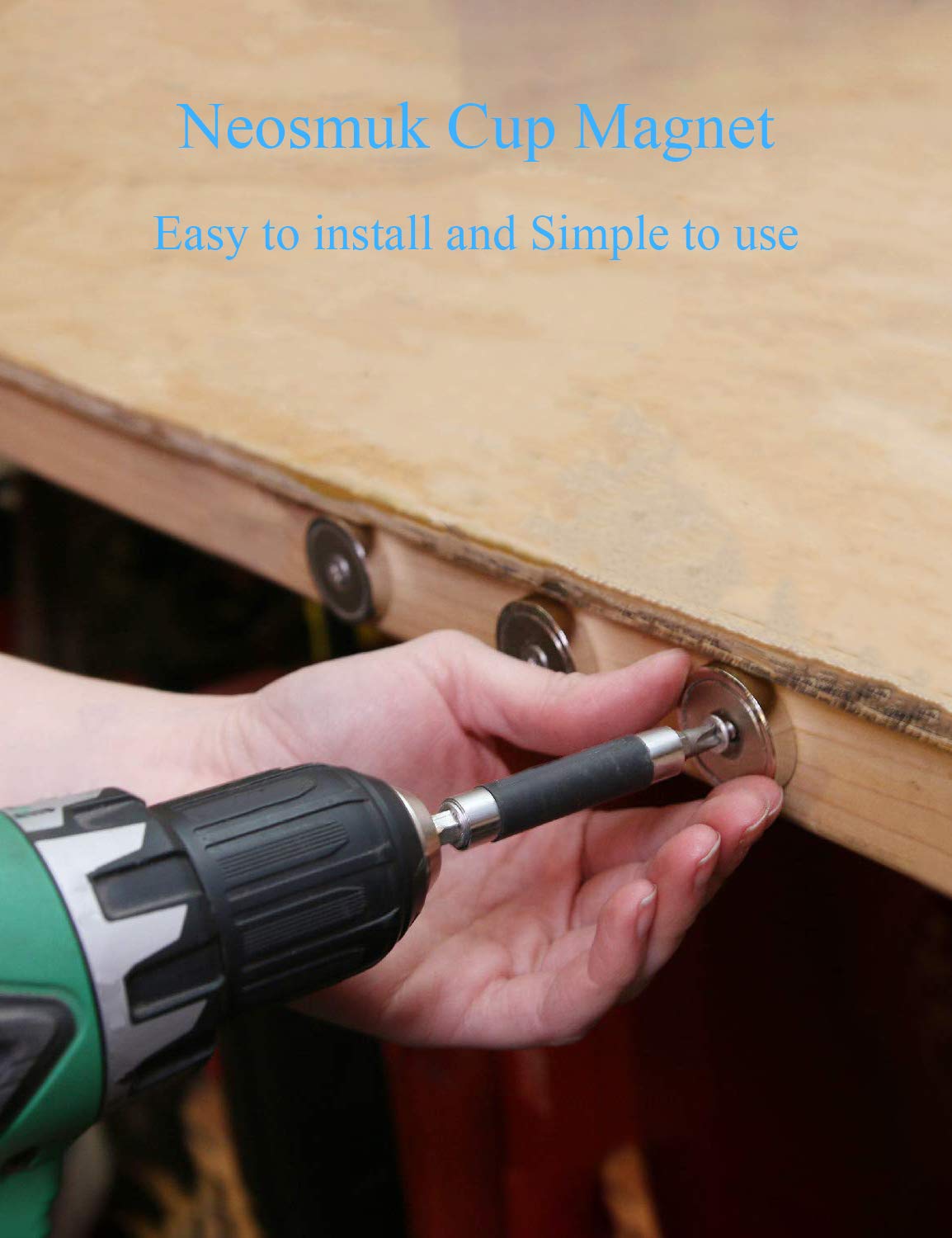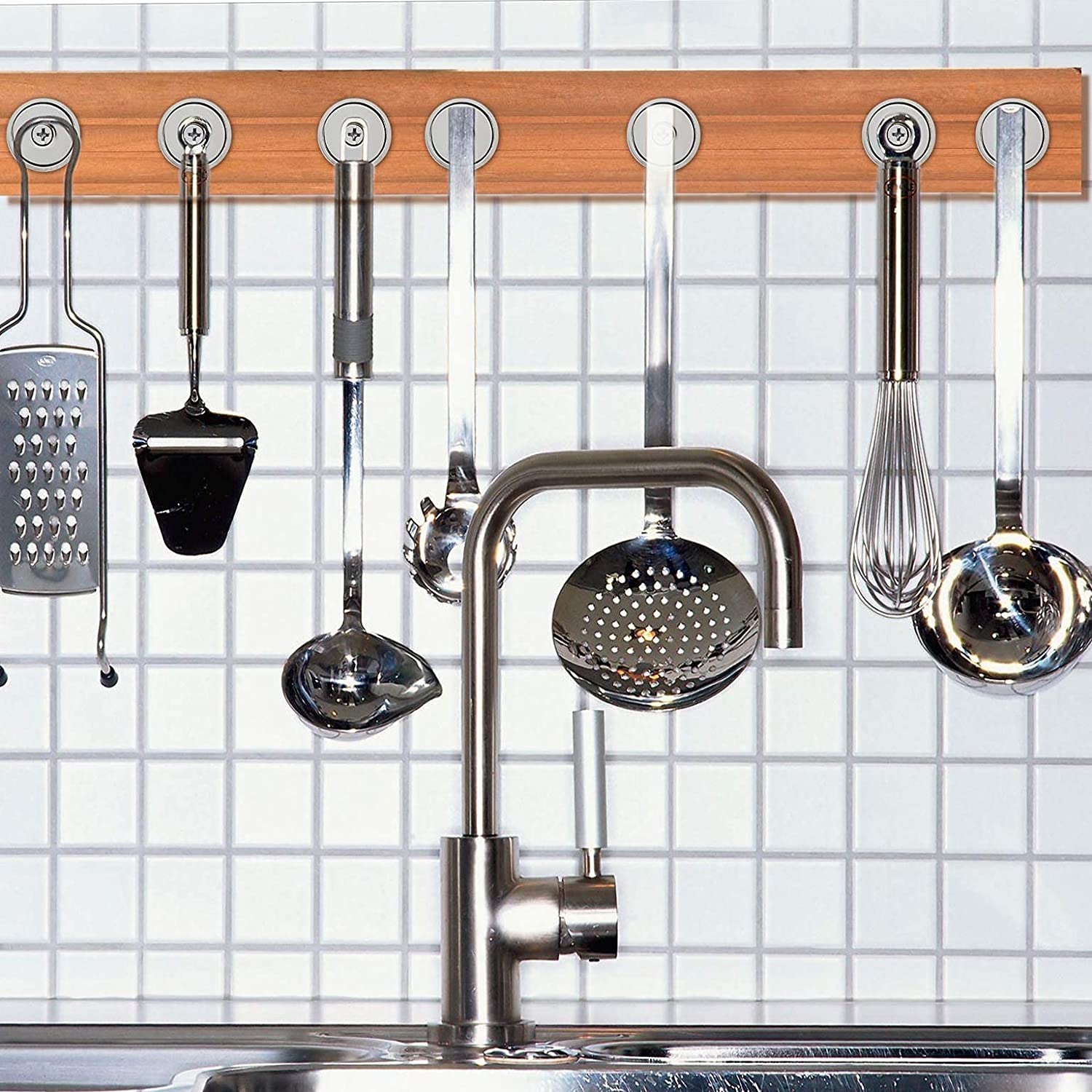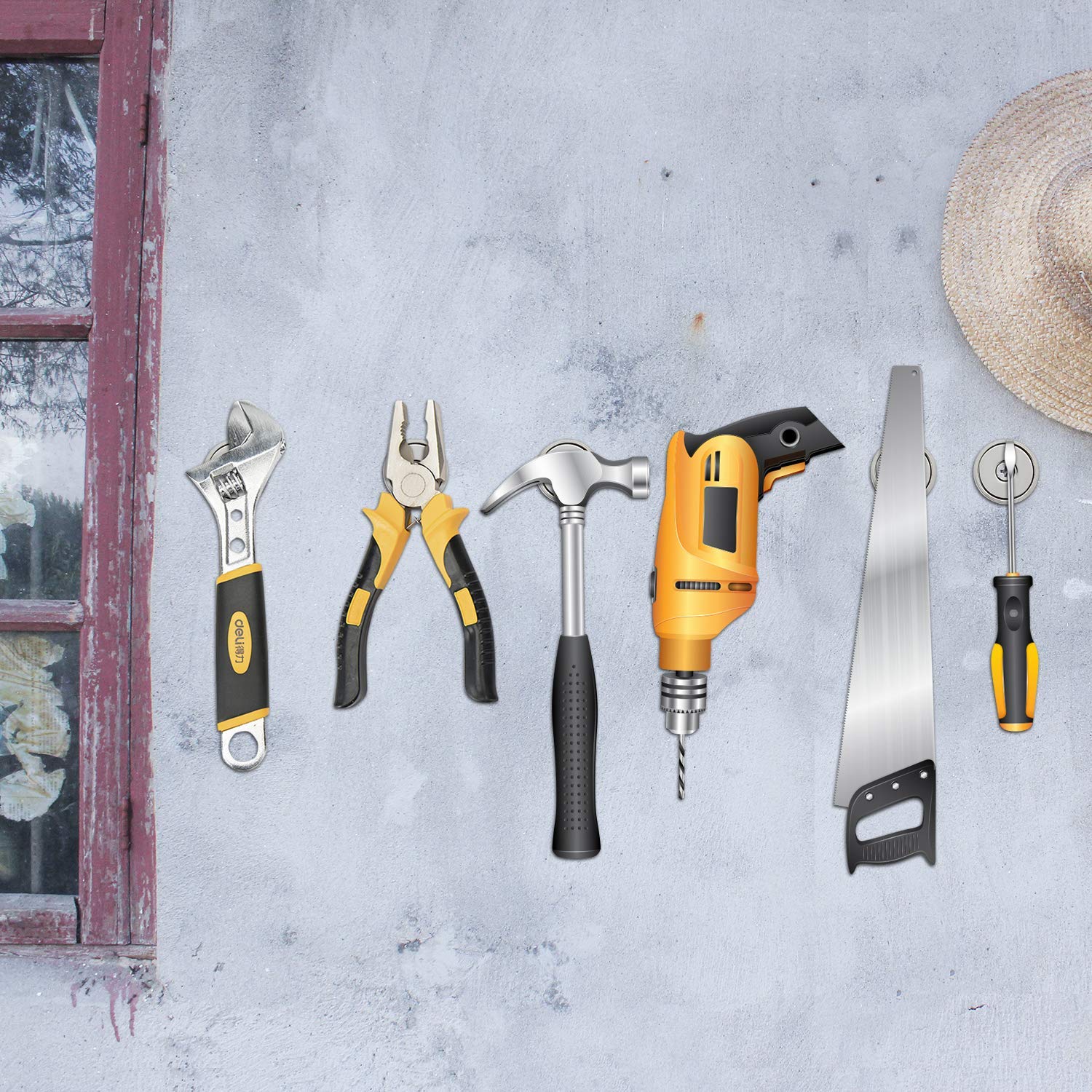Cup Magnets are one of life's most important components. They are required in many industries, schools, homes, and businesses. The neodymium cup magnet is especially useful in modern times. It has a variety of applications in modern technological devices. This item, made of iron, boron, and neodymium (rare-earth element), is used in situations that require extra strength and durability.
Despite its small size, it provides maximum magnetic forces and energy. Despite being exposed to high temperatures, it retains its strength. Neodymium or NdFeB magnets do not corrode when coated. They can be shaped into a lovely cup or pot.
Scientists are concerned about a world without this rare-earth material for a reason. Though it is heavily mined in China, it is uncommon in the United States, where brilliant scientists can be found. It has a few characteristics that make it necessary in the manufacture of magnets:
• Neo material requires low temperatures to function in heat applications, but it would require extremely high levels of heat (the Curie temperature) to lose its magnetism. As a result, it is known to be highly resistant to demagnetization.
• A neodymium magnet would corrode easily without a coating, and rust can interfere with its long-term ability to provide optimal energy output.
• It is inexpensive.
• NdFeB is thought to have a lot of energy despite its small size.
Neodymium cup magnets, like any other man-made product, have visual flaws. They could, for example, have hairline cracks, minor cuts, or porosity. These flaws are common in sintered metallic neo cup magnets. The magnet in question can still function if no more than 10% of the surface is chipped.
Furthermore, cracks are acceptable if their surface area does not exceed fifty percent of the pole surface. For pressed material, the tolerance on thickness or magnetization direction should be plus or minus.005. Other dimensions should be plus or minus.010 based on IMA standards.
There are several different designs for pot magnets and electromagnets, including flat, threaded bush, threaded stud, countersunk hole, through hole, and threaded hole. There is always a magnet that works for your application because there are so many distinct model options.
A flat workpiece and spotless pole surfaces guarantee the best magnetic holding force. Under ideal circumstances, perpendicular, on a piece of grade 37 steel that has been flattened to a thickness of 5 mm, without an air gap, the specified holding forces are measured. No difference in the draw is made by little defects in the magnetic material.
Although neodymium magnetic material is prone to chipping and cracking, scientists use it in a variety of applications, most notably in the production of modern technological items.
They are used in the manufacture of critical computer components such as printers and hard disks/drives.
Furthermore, NdFeB magnets are used by manufacturers of music entertainment equipment such as microphones, headphones, and speakers.
Mechanical engineers who design various types of motors require these scientific products as well.





Although a neodymium cup magnet has a high magnetic field, it is easily broken in its pure form. As a result, care must be taken when handling these magnets. If a neo magnet is exposed to an attracting object, the two may collide violently, causing the neo magnet to break. In addition, neodymium pot magnets can cause personal injury by pinching skin that falls between them. Normally, these products are magnetized after magnetic assembly.
Thank you for reading our article, which we hope has given you a better understanding of cup magnets. If you want to learn more about cup magnets and other magnet products, we recommend that you visit Honsen Magnetics.
We have been involved in R&D, manufacturing, and sales of permanent magnets for over ten years as one of the leading suppliers of various types of magnet products. As a result, we can offer our customers high-quality rare earth permanent magnetic products such as neodymium magnets and other non-rare earth permanent magnets at very competitive prices.